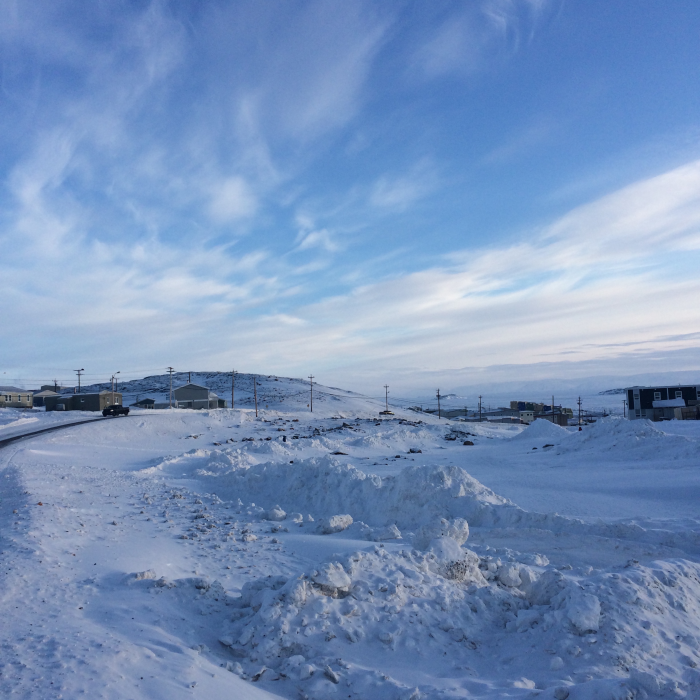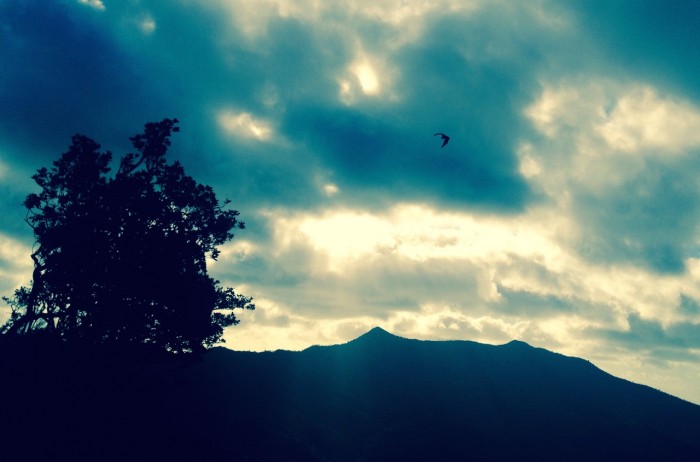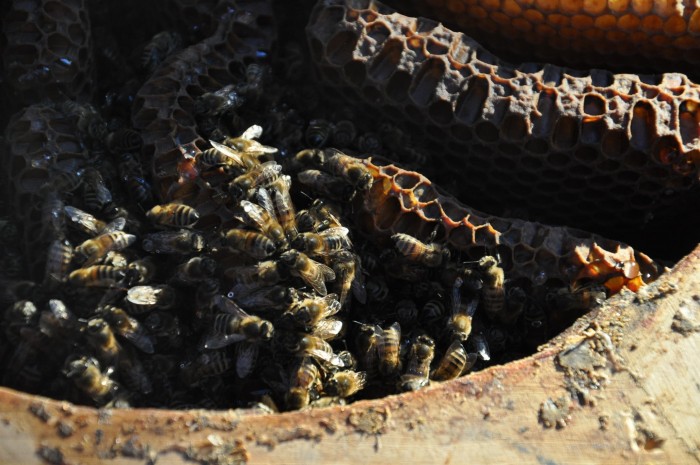Each year, Earth Day—April 22—marks the anniversary of what many consider the birth of the modern environmental movement in 1970. Earth Day 1970 capitalized on the emerging consciousness, channeling the energy of the anti-war protest movement and putting environmental concerns front and center. The very first Earth Day celebration brought 20 million Americans to the streets to peacefully demonstrate for environmental protection.
In celebration of Earth Day, Berghahn Journals is delighted to offer free access to a selection of journal articles from a range of history, politics, and anthropology journals—including EnviroSociety’s very own Environment and Society: Advances in Research. The articles can be accessed on Berghahn’s new online platform through the links in the table of contents below
Berghahn Books is also offering a 25% discount off Managing the Unknown: Essays on Environmental Ignorance, edited by Frank Uekötter and Uwe Lübken (January 2016, paperback), by using the promo code UEK074.
As always, EnviroSociety offers free access to all five volumes’ introductions, which are available as PDF downloads on the site’s Journal page, as well as access to a new featured article every month. This month’s article, “Origins, Uses, and Transformation of Extinction Rhetoric” by Richard Ladle and Paul Jepson (Volume 1, 2011), can be accessed here.
Happy Earth Day!
Articles
Reclaiming the lake: Citizenship and environment-as-common-property in highland Peru
Mattias Borg Rasmussen — Focaal 74
Infrastructures of progress and dispossession: Collective responses to shrinking water access among farmers in Arequipa, Peru
Astrid Oberborbeck Andersen — Focaal 74
What Do We Talk About When We Talk About Biodiversity Conservation in the Anthropocene?
George Holmes — Environment and Society 6
Less Than One But More Than Many: Anthropocene as Science Fiction and Scholarship-in-the-Making
Heather Anne Swanson, Nils Bubandt and Anna Tsing — Environment and Society 6
People, Planet, Power: Toward a New Social Settlement
Anna Coote — International Journal of Social Quality 5(1)
Nature, History, and Culture as Tourism Attractors: The Double Translation of Insider and Outsider Media
Mark C. J. Stoddart and Paula Graham Nature and Culture — 11(1)
Dam Close: Water Resources and Productions of Harmony in Central Japan
Eric J. Cunningham — Nature and Culture 11(1)
Bringing water challenges to target groups: French water utilities within the European legislative context
Céline Hervé-Bazin — Regions and Cohesion 5(2)
Environmental governance in the EU–Latin American relationship
Roberto Dominguez — Regions and Cohesion 5(3)
Content is exclusively for the customer’s individual, personal, non-commercial use. View full terms and conditions.






